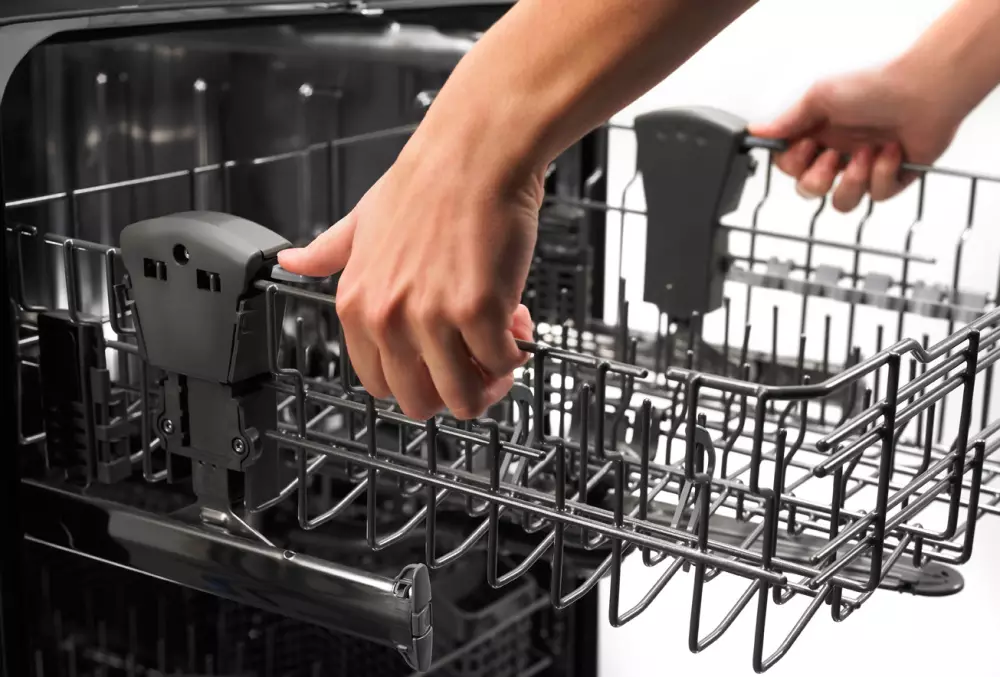How to Clean a Garment Steamer: The Ultimate Guide to Save Yours From Mineral Deposits
Garment steamers are a convenient and efficient way to remove wrinkles and freshen up clothes. You can also leave your laundry to a professional house cleaning service and come home to perfectly folded clothes every time.
However, over time mineral deposits can build up in the garment steamer's water tank, reducing its effectiveness and damaging the unit.
In this article, we will provide an ultimate guide on how to clean a garment steamer to save it from mineral deposits. We will cover everything from the best cleaning solutions to the step-by-step process for cleaning the steamer. Keep reading to learn how to extend the life of your garment steamer and ensure it always performs at its best.
Maintaining a clean garment steamer is essential for keeping it in good working condition and extending its lifespan. However, many people need to be aware of the proper way to clean their steamer and may need to learn how to remove mineral buildup that can occur over time.
In this article, we will provide you with the ultimate guide on how to clean your garment steamer. We will cover the best cleaning solutions, the step-by-step cleaning process, and tips to prevent mineral buildup in the future.
Whether you're a new steamer user or have been using one for a while, this guide will give you the knowledge you need to keep your steamer running smoothly. So, if you want to ensure your garment steamer always performs at its best, take advantage of this essential guide on how to clean it.
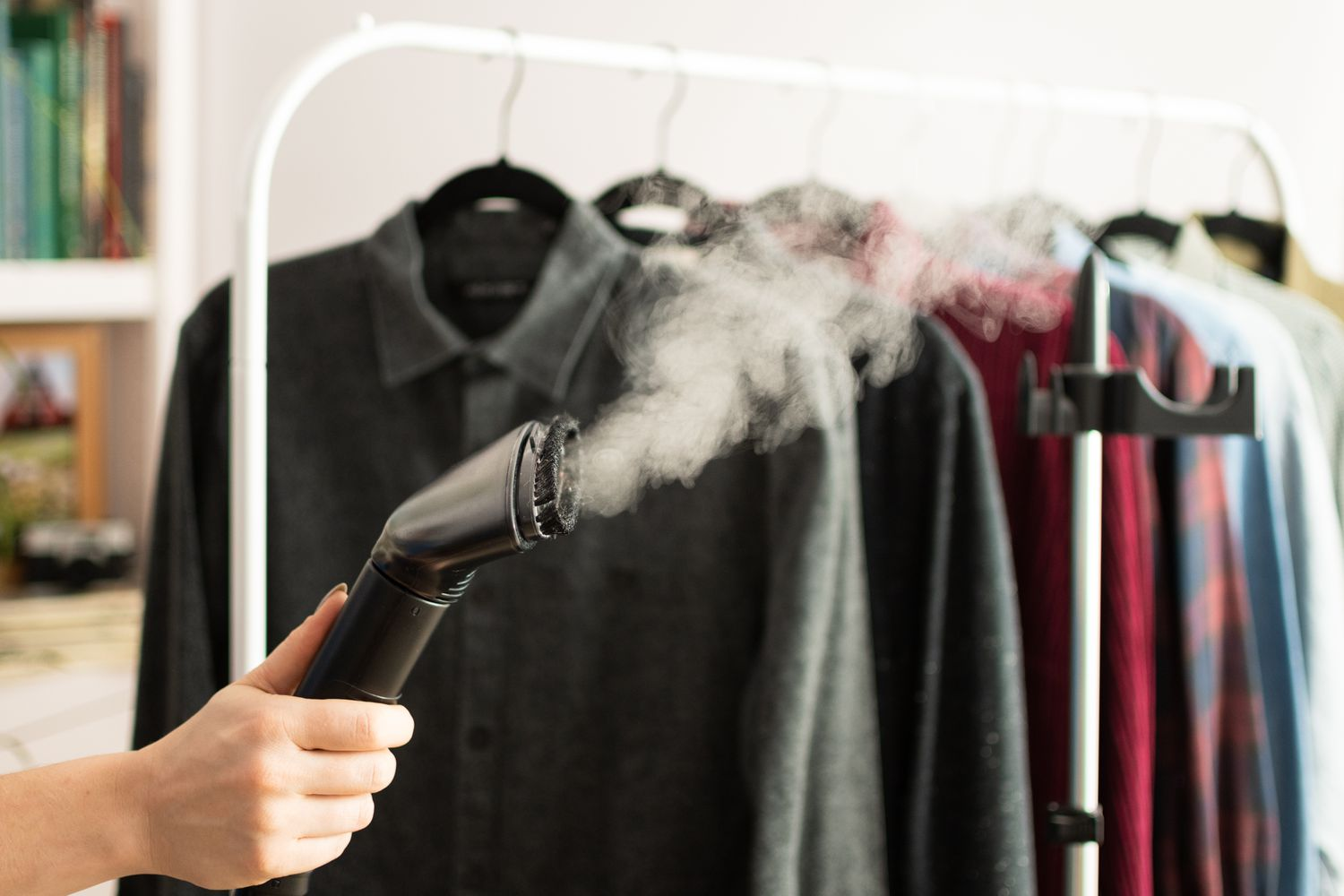
What You'll Need
Instructions
1. Unplug your garment steamer
After using a clothes steamer, disconnect the appliance and give it a few minutes to cool down before cleaning it. Even if the steamer is cool, unplug it while getting ready to clean it.
2. Empty your garment steamer
From the fabric steamer, drain any remaining water. Close the drain valve after opening it to let the extra liquid drain into a sink or bathtub. If the steamer does not have a drain valve, you will need to flip it over, let the water drain entirely out of the reservoir, and then put it back in an upright position.
3. Fill the water tank with a cleaning solution
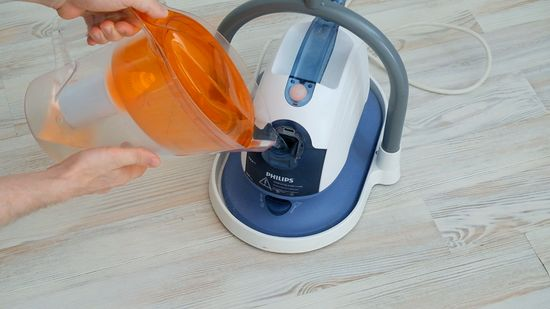
Fill the water reservoir with the cleaning solution using distilled water and white vinegar in a two-to-one ratio. Alternatively, use the cleaning solution advised by the manufacturer.
Using apple cider vinegar or any other flavored vinegar may cause sediments to build up in the tank and conflict with the cleaning process.
4. Turn on the garment steamer
Reinstall the reservoir's cap or plug, plug the clothes steamer into an outlet, and let it heat to its highest setting.
5. Remove the white vinegar solution
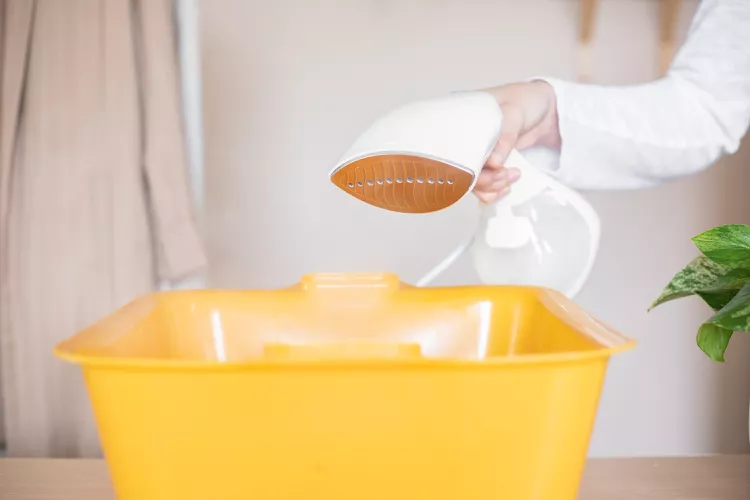
Once the vinegar has been removed from the water tank and no longer has steam coming out, direct the steamer's nozzle into the sink or basin and turn it on. Due to the potential for harsh fumes, keep your face away from the nozzle.
Avoid directing the nozzle at painted or wood surfaces to prevent potential damage. Avoid tipping the steamer, and keep your fingers and face away from the steam to avoid burns, just as you would while steaming a garment.
It would be best to pour any leftover white vinegar solution down the sink drain. The sticky sludge that frequently adheres to the sides of sink drain pipes can also be cleaned with this cleanser.
6. Refill the water tank with distilled water
When the vinegar has almost run out, unplug the device, let it cool, and then add distilled water or a mixture of half tap water and half distilled water to the water reservoir.
7. Run the garment steamer
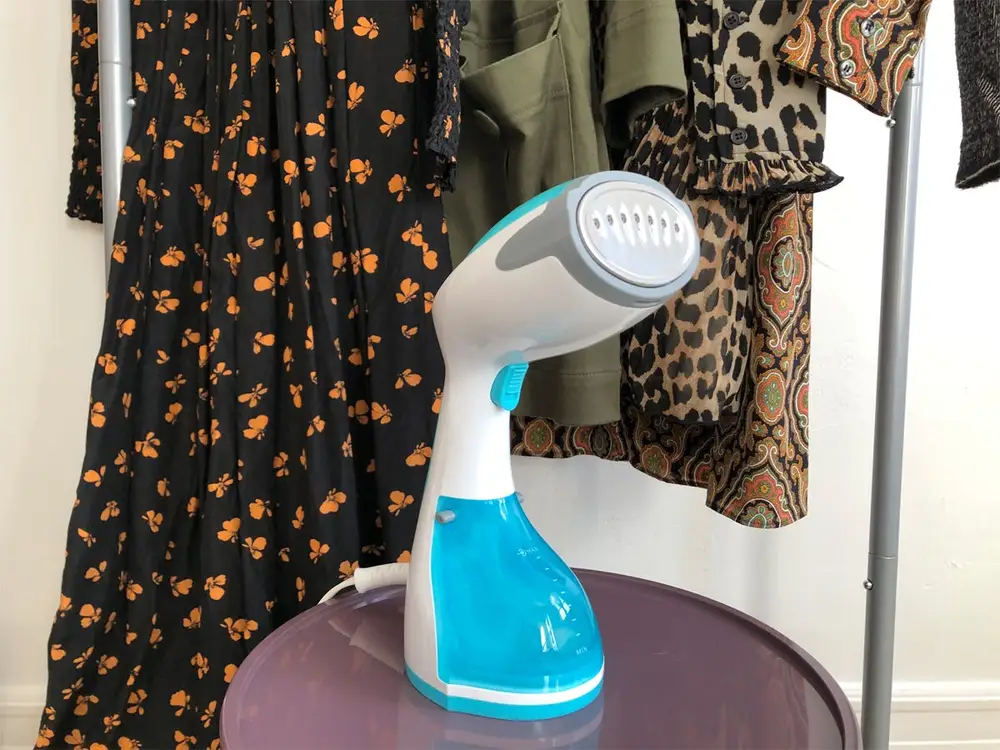
Unless the user handbook says otherwise, let the steamer run until half of the cleaning solution has been absorbed. Avoid letting the steamer run dry, as this will strain the internal heating system and harm the appliance.
Observe how the steamer is operating. Keep an eye on how much steam comes from the machine's mouth or wand. A clean garment steamer consistently emits smoke where all holes display a constant flow of steam.
8. Let the steamer cool and remove the heated water
Unplug the clothes steamer after turning it off and let it cool completely. Once the steamer has cooled off, let the remaining cleaning solution sit in the reservoir for 30 minutes.
Remove all distilled water from the tank. Any remaining vinegar will be removed by doing this. Pour this water down the sink's drain.
9. Disassemble and inspect components
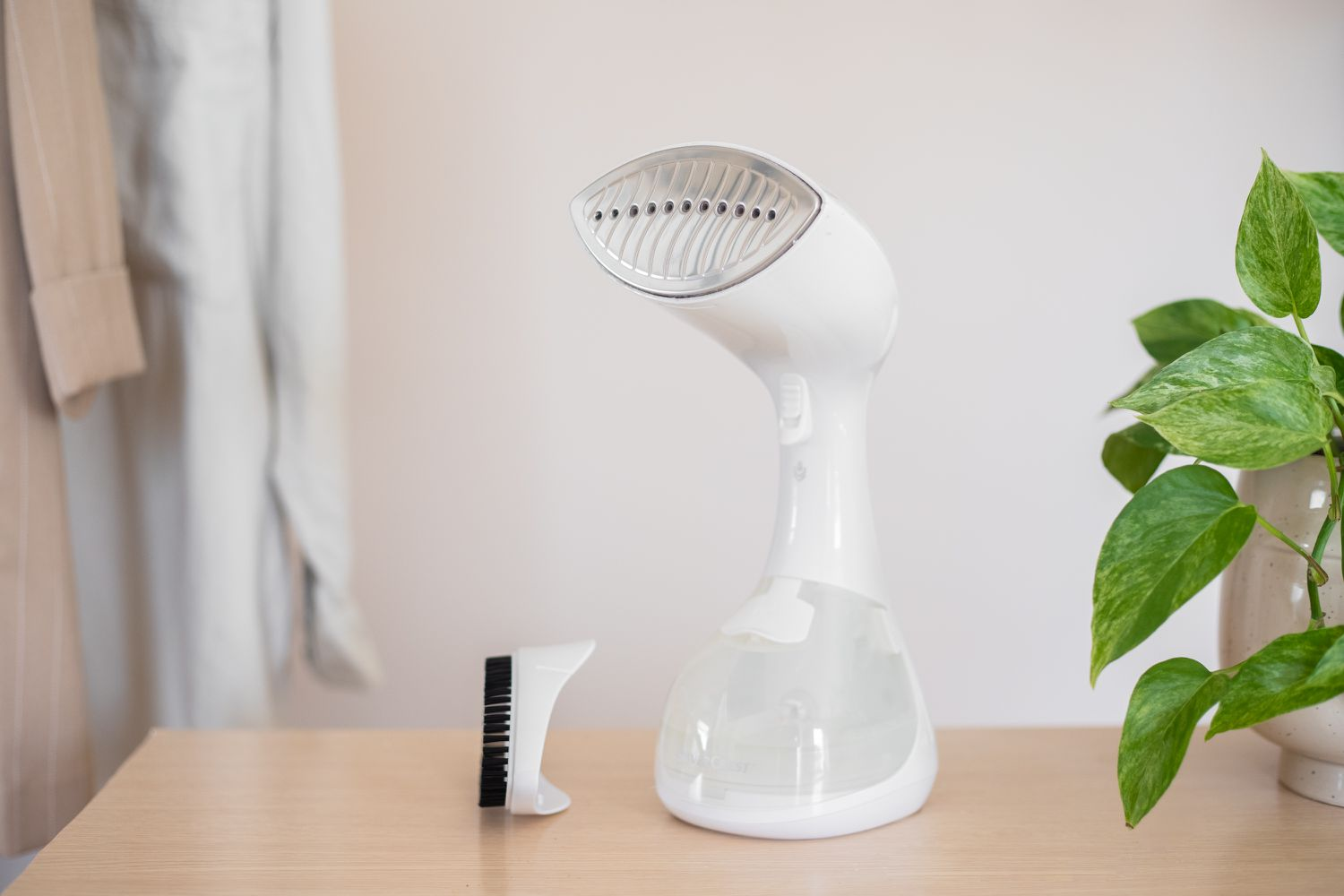
Disassemble as many steamer parts as necessary and rinse with a microfiber cloth or air dry. Examine the components for any issues when you disassemble the clothes steamer. Check for damaged gaskets or hoses.
Inspect the nozzle carefully for dirt in the small holes. If you see any white and powdery residue, put some warm distilled white vinegar in a small bowl and heat it in the microwave. At least four hours, if not overnight, should pass while the nozzle soaks in the dish.
10. Reassemble your garment steamer
Before putting the steamer back together, rinse it and use a toothpick to clear any clogged areas.
After each component has been cleaned and given time to air dry, reassemble the steamer before putting it away. If you plan to use the steamer right away, fill it with distilled water.
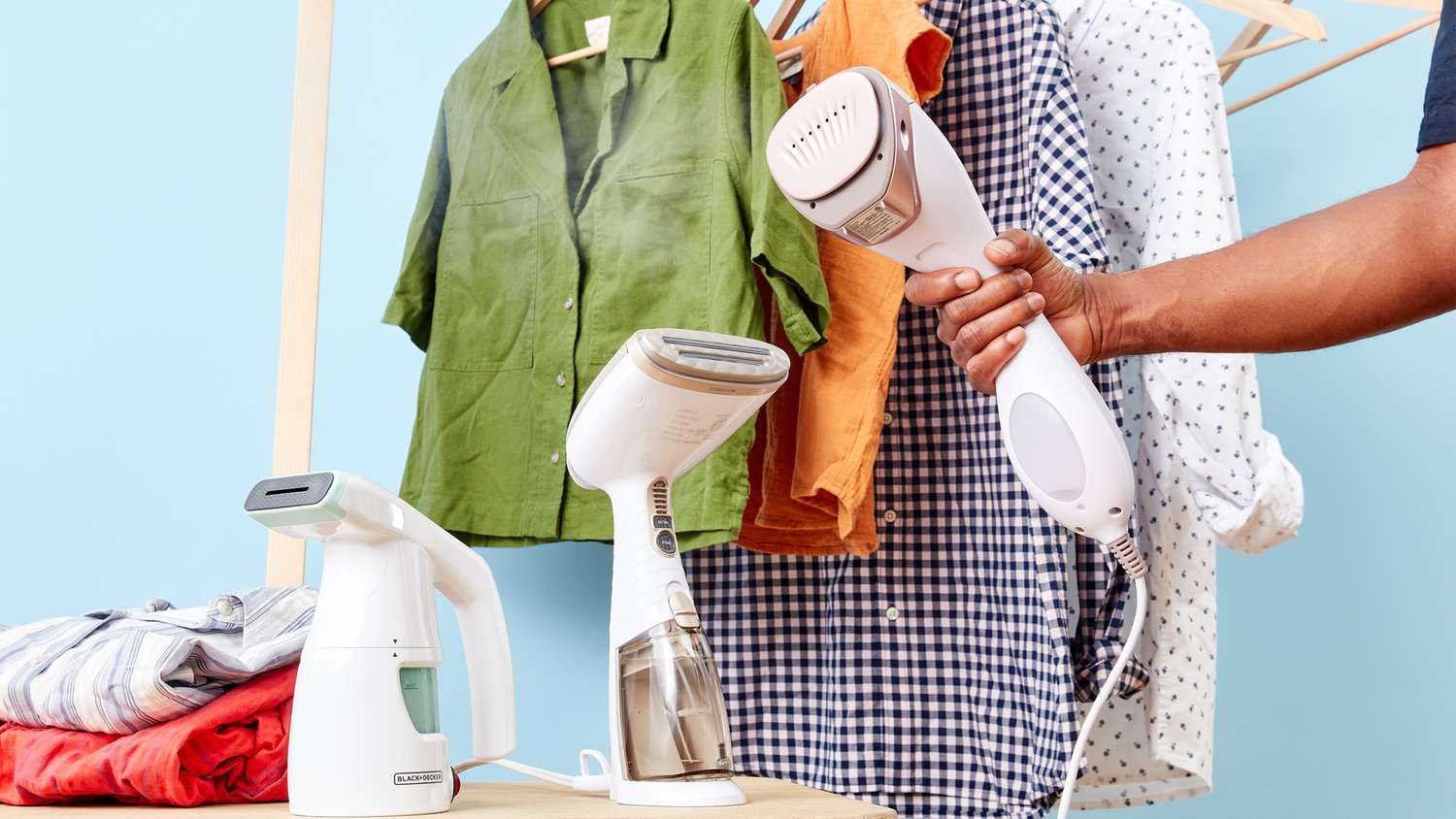
It's Your Time To Keep Your Garment Steamers Clean!
Keeping your garment steamers clean and free of mineral deposits is essential for ensuring optimal performance and longevity. By following the simple steps outlined in this guide, you can easily maintain your steamer and enjoy perfectly steamed clothes every time.
Remember to check for mineral buildup regularly, empty the reservoir after each use, and use a descaling solution as needed.
With some care and maintenance, your clothes steamer will continue to be a valuable tool in your laundry routine for years to come.
Check out our ultimate laundry room cleaning guide for tips on keeping your washing area spotless.
FAQs
Why do you need to clean a garment steamer?
A garment steamer needs to be cleaned to remove any mineral buildup or residue from the water used in the steamer, which can clog the steamer's nozzle and affect its performance over time. Cleaning the steamer also helps prevent mold and bacteria buildup, which can cause odors and potentially harm the steamer's internal components. Regular cleaning ensures that the steamer is functioning at its best and prolongs its lifespan.
How often should you clean your clothes steamer?
Numerous variables affect how frequently a clothes steamer needs to be cleaned. How often do you steam your clothes? Do you fill the water tank with distilled water or tap water? Which type of clothes steamer—a smaller hand-held model or a bigger free-standing floor unit—do you use?
Monthly cleaning is advised for daily-used clothes steamers to keep the device in good condition. Before putting away steam cleaners that are rarely used, it is recommended to give them a thorough cleaning, so they are ready for the next time they are needed.
Why won't my clothes steamer steam?
Condensation in the steamer's hose is the cause of your garment steamer's failure to steam. It may be fixed by holding your stand steamer upright and lifting the head of the hose to straighten it vertically. It will let any moisture and steam flow yet again.
